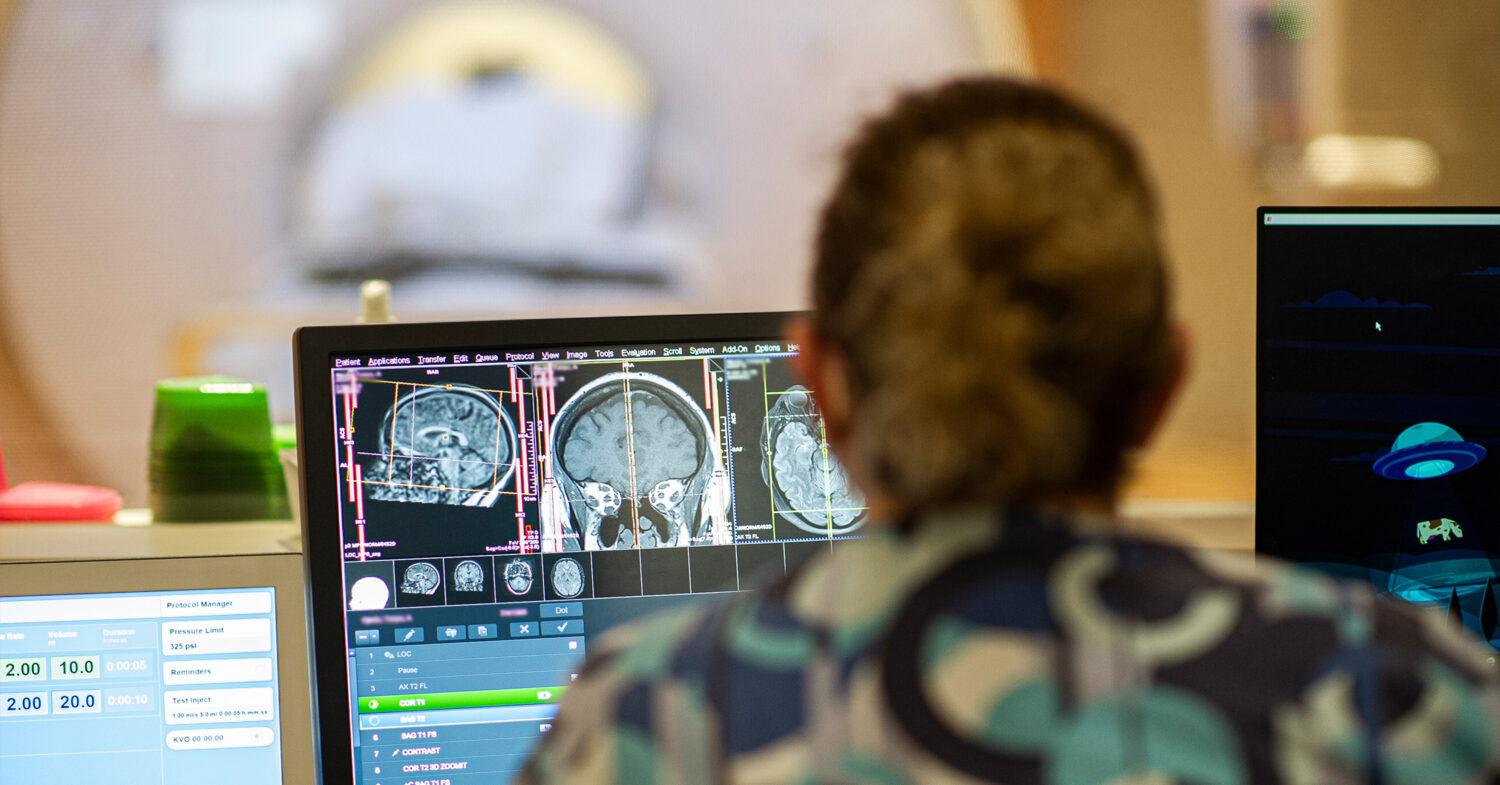
What You Should Know:
– Advocate Health, the nation’s third-largest nonprofit integrated health system, has announced an agreement with Aidoc to expand the use of its AI platform. Following a successful pilot study, this expansion aims to support faster diagnosis, earlier intervention, and more connected delivery of care for patients across its network.
– Advocate Health will leverage Aidoc’s aiOS™ platform to embed FDA-cleared AI algorithms into its clinical imaging workflows, enhancing awareness, accelerating decision-making, and improving patient outcomes.
Pilot Success and Patient Impact
During the pilot study, Advocate Health care teams at 22 sites across Wisconsin and North Carolina began integrating Aidoc’s imaging models into clinical workflows in October 2024. The initial rollout incorporated three Aidoc algorithms into Advocate Health’s diagnostic imaging process, helping radiologists flag critical and immediate identification of pulmonary embolisms, incidental pulmonary embolisms, and intracranial hemorrhages. Based on internal modeling and early outcomes from this two-state pilot, Advocate Health projects nearly 63,000 patients each year will benefit from faster prioritization and earlier diagnoses.
“After rigorously testing and evaluating AI in radiology, we have come to the firm conclusion that responsibly deployed imaging AI tools, with oversight from expertly trained human providers, are a best practice in the specialty,” said Dr. Christopher Whitlow, enterprise chair of radiology at Wake Forest University School of Medicine, the academic core of Advocate Health. “Whether you’re in a large city or a rural community, these technologies can help deliver diagnostic clarity and direction faster and more reliably than ever.”
Systemwide Transformation Through AI in Imaging
With more than 8 million imaging studies performed annually across Advocate Health, the potential impact of using imaging AI at scale is significant. As deployment expands across all regions and service lines over the next few months, the use of imaging AI is expected to enable:
- Faster notification and triage of both expected and unexpected urgent findings, leading to quicker diagnosis and intervention.
- Increased awareness of subtle disease, expanding opportunities for early intervention.
- Reduction in wait times for outpatient imaging, easing backlogs and improving access to care.
- Enhanced awareness of suspected high-risk cases, resulting in more consistent, safer care pathways.
- Improved workflow efficiency, helping reduce burnout and supporting recruitment in a high-demand specialty.
